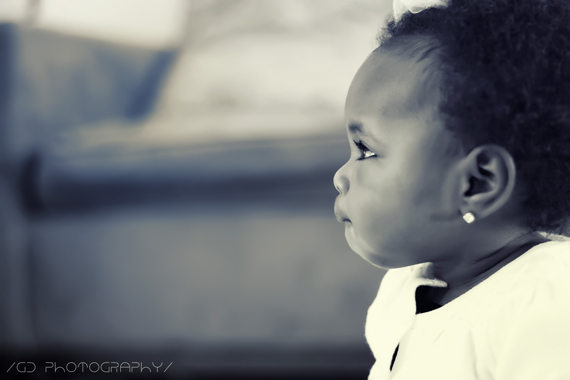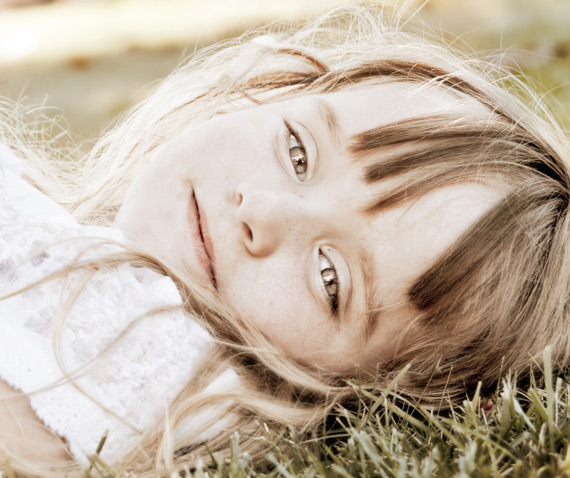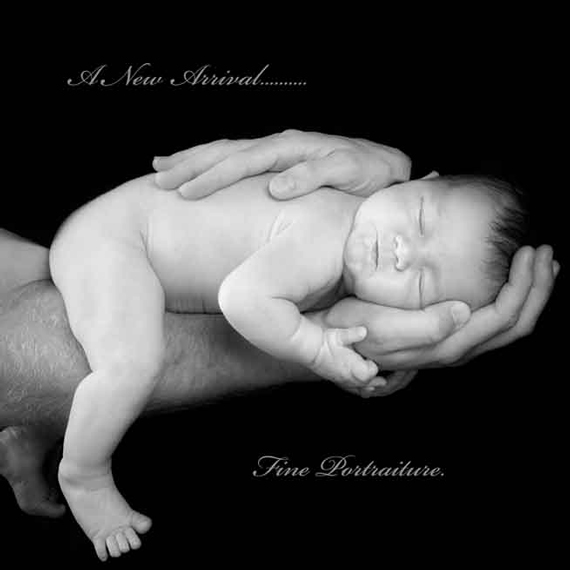If you took your child to a photo shoot as recently as 1995, you’d expect to dress them in their stuffy “Sunday best.” Not anymore. Now they could be wearing animal costumes, fairy wings, cowboy hats, crowns, balloons, you name it. Something happened in the mid-nineties, and the rest is history.
Australian-born photographer Anne Geddes happened. In 1996, Geddes debut book Down in the Garden made it to the New York Times Bestseller List, and to date, she’s sold multiple millions of books and calendars. Revolutionizing children’s photography, she smashed the traditional ideas of the day and aimed for images that captured the unique personality of the children she photographed. And she used all sorts of props to achieve this.
While it is important for every photographer to discover, develop, and deploy their own unique photographic style, creative photography that draws out a child’s uniqueness is surely Geddes’ lasting legacy–the raison d’être of children’s photography. Whether one prefers novelty or simplicity, black-and-white or color images, or studio-lighting or natural-lighting, creativity for the sake of creativity is not the end-goal. Photographic images that capture the child’s character and spirit are. Props are merely tools for moving toward this lofty aim.
Selecting Props
Scouring the Internet and craft markets for original and en vogue props is vital to stimulate a photographer’s creativity. A new hat or bonnet or blanket or posing pod can trigger an entire new collage of images bursting with creative expression. And fortunately, there are so many good vendors dedicated to providing the best props for child photography. However, a good photographer constantly reminds herself that creativity is, in itself, not the end-game. Use any and all tools necessary, but seek to capture the individual beauty of the child you’re photographing.
Orthodoxy vs. Originality
This brings up the balance required between originality and orthodoxy. Orthodoxy, in this context, refers to the essential conventions of the craft–etiquette, skill, technique–necessary for every photographer to capture the personality of the subject photographed. Originality speaks of the creativity behind personalizing the photographic image itself–the art. Both are crucial, and both speak to the caliber of the photographer. However, too often originality can be to the detriment of orthodoxy. The photographer can be tempted to aim for an eye-pleasing, ego-tickling image that speaks more of her own originality than the subject’s personality.
It goes without saying that it’s never an issue of “either/or” but “both/and.” We want both orthodoxy and originality–the craft well grafted and the art off the charts. We want to capture the beauty of the subject in all his or her glory, and create a product that grabs the attention and pleases the eye. However, we don’t want to compromise on orthodoxy in the name of originality.
Why does this happen? For various reasons, I guess. The photographer can become too familiar with his craft. Doing the right things right can become boring and old hat. Or she could be swept up with prevailing trends and fads, forgetting what’s essential. Alternatively, he could get lazy, leaning too heavily on post-process editing rather than the work required in the photographic session itself. Or, in the competitive world of portrait photography, she might prioritize originality over orthodoxy to stay on the cutting edge.
Whatever the reason might be, it behooves the professional photographer to keep a healthy balance between orthodoxy and originality–our craft and our art. At the end of the day, we’re not just artists who can do as we please–in our own time, of course, we can–but integrity and pride, and the customer, matters, too. If I take away the bells and whistles, the frills and tassels, does my work stand up on its own?
Fads and Trends
For children’s photographers committed to doing the essentials right while making sure the unique personality and beauty of their subject is captured, the sky’s the limit when flexing the creativity muscles. But then there’s still negotiating between trends and fads that litter the photography world, which too often swamp orthodoxy in the name of originality.
A fad is something that has a brief moment in the spotlight but fades away relatively quickly. Trends are more enduring; some last forever, other trends morph into better versions of themselves. A fad might become a trend, and naturally, fads might differ from continent to continent, from one photographer’s niche to another.
Here are a few trends and fads that spring to mind: Newborn on a platter? In the drawer? In the stork’s cloth? In a tiny bed? On a little chair? Box or crate? A bucket? Fake flooring? Fake backdrops? A host of props? Newborn with a big flower on her head? Hats and hoods? Or a crown? Or Dad’s favorite football team? The froggie pose? Other composite poses? Images of just the feet or hands? A baby in a flower pot? Tea cup? Antique carriage? Victorian furniture? Bee costume? Fairy costume? Pirate costume? Angel wings? Puffy skirts? Cake smash? Colorful candy? Colorful blankets, balloons, or umbrellas? Phew! My head’s spinning.
Some are clearly fads that have, thankfully, had their moment and passed away with common sense. Others have prevailed as popular trends. All of them get our creative juices flowing, and as artists, photographers wisely keep their eyes open for ideas–even if your experiment with a fad on your daughter’s doll remains for your eyes only.
In this age of digital photography, it’s easy to point, shoot, and go wild, sifting out the good from the terrible later. George Bernard Shaw humorously alluded to this when he quipped, “A photographer is like a cod, which produces a million eggs in order that one may reach maturity.” Of course, with editing software available, you can then doctor that one image in a host of different ways. My daughters do this kind of thing, and derive tons of delirious delight from the process. And occasionally, they strike gold. However, if you’re after great photographs, a little more attention is necessary.
The legendary landscape photographer, Ansel Adams, explained: “You don’t take a photograph, you make it.” There’s a difference between being snap happy and being happy with what you snap. Great photographs require concentration, creativity and commitment, a good mix of orthodoxy and originality. Thinking through the set-up pre-shoot, drawing from your experience while improvising during the shoot, and selective editing post-shoot are all vital ingredients for a great photograph.
I’m certainly not suggesting that a great photograph requires a solemn face and clinical loss of humor. French photographer, Henri Cartier-Bresson, considered by many to be the father of modern photojournalism, said it best when he said, “For me, the camera is a sketch book, an instrument of intuition and spontaneity.”
About the Author:
Lorna Kirkby is a baby and newborn photographer based in Melbourne, Australia (lornakirkbyphotography.com.au). She serves as a coach and mentor to both newbie photographers and old pros who need refreshment.
Like This Article?
Don't Miss The Next One!
Join over 100,000 photographers of all experience levels who receive our free photography tips and articles to stay current:











Amazing blog! I really like the way you explained such information about “Children’s Photography” with us. And blog is really helpful for us.